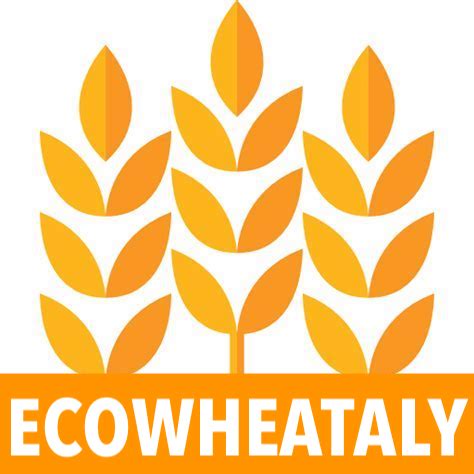The global wheat market is not only influenced by production and demand but is also a battlefield of strong geopolitical dynamics, control strategies, and international tensions. Governments, multinational corporations, and investors play key roles in determining access to and pricing of this essential cereal.
1. Wheat as a Geopolitical Weapon
In recent years, wheat has become a tool of geopolitical pressure. Some key examples include:
- Russia and Ukraine: Both countries are among the top wheat exporters. The conflict has disrupted global supplies, driving up prices and increasing food insecurity in many import-dependent nations, such as Egypt and Sub-Saharan Africa.
- Export Restrictions: Countries like India and Hungary have imposed temporary wheat export bans to protect their domestic reserves, contributing to market instability.
- The Black Sea and Logistics: The security of export routes is a critical factor. The closure or limitation of ports in the Black Sea has led to increased transportation costs and the need for alternative routes.
2. Who Controls Wheat Trade?
While governments regulate production and exports, international trade is dominated by a few large corporations, known as the “ABCD” companies:
- ADM (Archer Daniels Midland)
- Bunge
- Cargill
- Louis Dreyfus
These multinationals control a significant portion of wheat distribution, transportation, and trading, influencing global prices and availability in emerging markets.
3. Financial Speculation and Price Volatility
Wheat prices are not solely determined by real supply and demand but also by speculative dynamics in financial markets:
- The Role of Commodity Exchanges: The Chicago Board of Trade (CBOT) and MATIF (Paris) are the primary markets where wheat futures are traded—contracts for buying and selling wheat based on future price predictions.
- Hedge Funds and Investment Funds: Financial investors speculate on wheat prices, amplifying market volatility and sometimes artificially inflating prices.
- The Risk of Food Crises: Extreme speculation can lead to price spikes that disproportionately affect developing countries, increasing the risk of famines and social instability.
4. The Future of the Global Wheat Market
In the coming years, the wheat market will be significantly influenced by:
- Climate Change: Yields may decrease in many regions, while the search for more resilient wheat varieties becomes essential.
- New Agricultural Policies: The European Union and other economic blocs are reviewing their strategies to promote sustainability without compromising productivity.
- Diversification of Producers: Countries like Brazil and Kazakhstan are investing in wheat production to reduce dependence on traditional industry giants.
- Emerging Technologies: The use of artificial intelligence, big data, and blockchain in supply chain management could make the market more transparent and less prone to speculative manipulation.
Conclusion
The global wheat market is much more than just an agricultural issue: it is a strategic sector, tied to food security, geopolitical stability, and major international economic maneuvers. Understanding who controls production, trade, and speculation is essential for predicting future dynamics and developing policies that ensure fair access to this fundamental resource.

